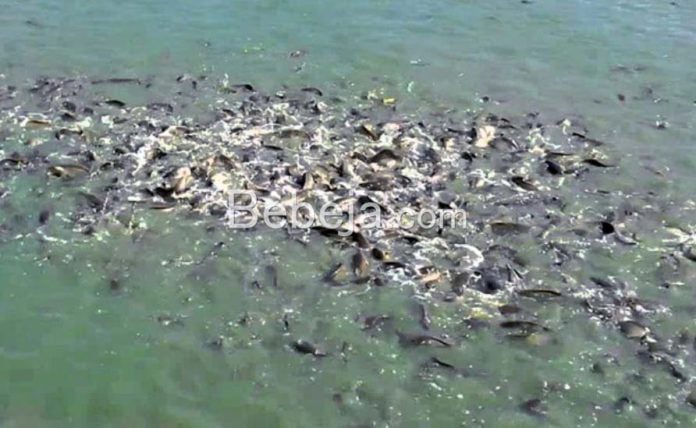The production of catfish fillets is significantly smaller compared to that of tilapia fillets, which has become an industrialized process. Catfish that do not pass the size selection are the primary source of catfish fillet. During the cultivation of catfish-where the required consumption size is 7-10 heads/kg, around 3-5% of catfish did not make the cut off.
The reasons for not passing the selection could either be due to being too small or too large, with a measurement range of 2-5 heads/kg. The catfish undergo a process to produce catfish fillets, with the ideal size achieved when each catfish weighs at least 500 grams. This weight is attained after the catfish do not pass selection and are bred again for 2-2.5 months.
Catfish fillets are a type of catfish that has been processed by removing the bones and thorns from the meat. The process for filleting catfish is straightforward: they are soaked for 10 minutes in a solution of 10 liters of cold water mixed with 1 kg of salt before being cut into fillets.
They can be cooked in a variety of methods, including frying in flour, making nuggets, or preparing in oyster sauce. Due to the absence of bones and thorns, catfish fillets are also suitable for baby complementary foods.
In recent times, various processed catfish fillets, such as crispy fillet catfish recipes, have become increasingly popular. The recipe calls for a blend of yellow spices, rice flour, wheat germ, and baking powder to create a crispy and savory coating for the catfish fillets. This recipe highlights the versatility of catfish fillets and offers a flavorful way to enjoy this processed fish. The fillets are fried until dry and served alongside chili sauce. Other variations on this dish include crispy fillet catfish, sambal geprek fillet catfish, and roasted fillet.
